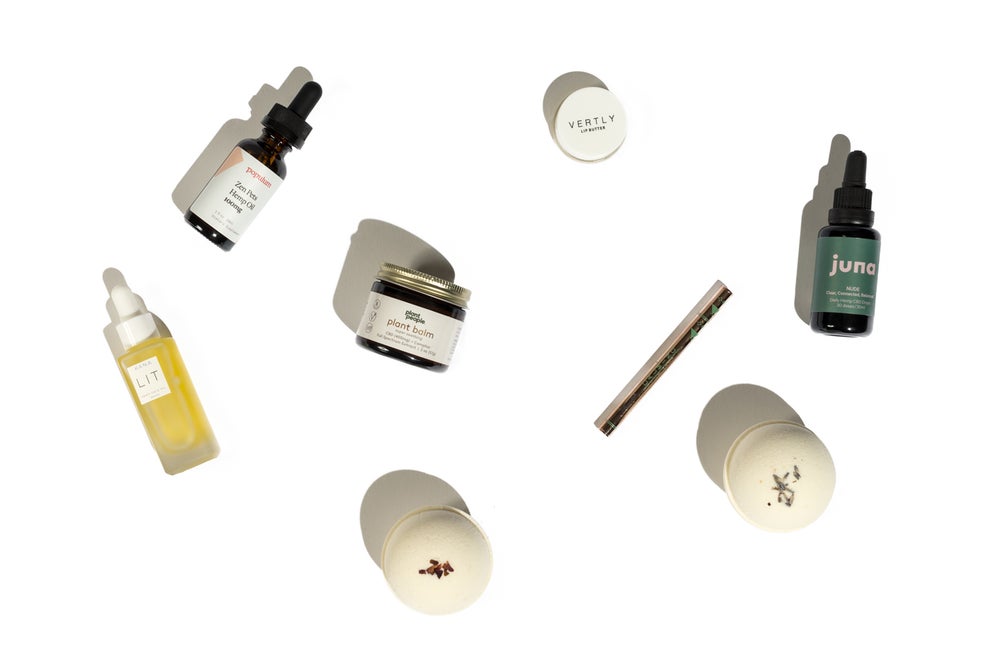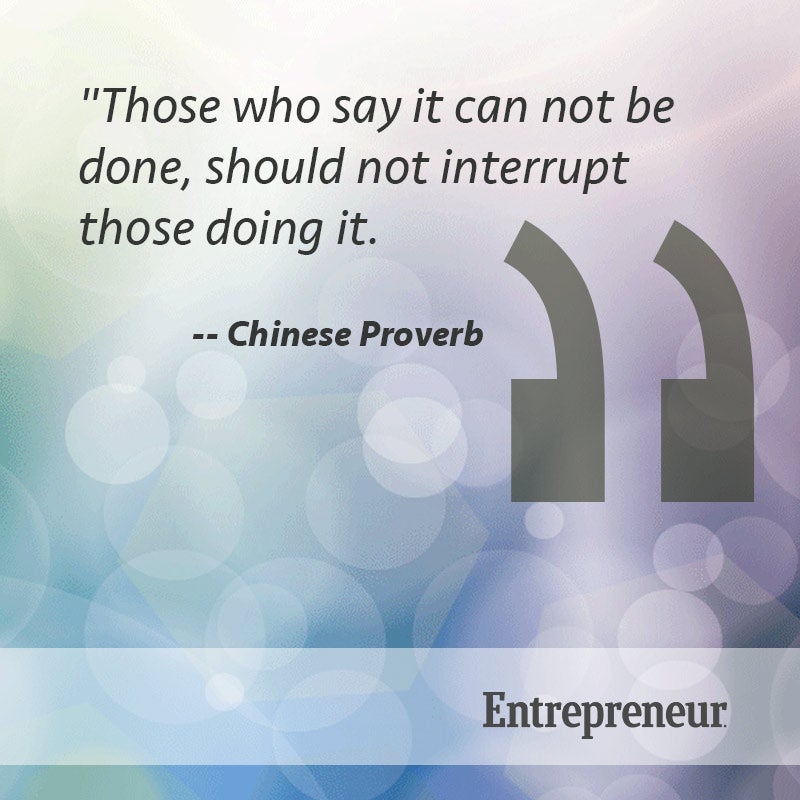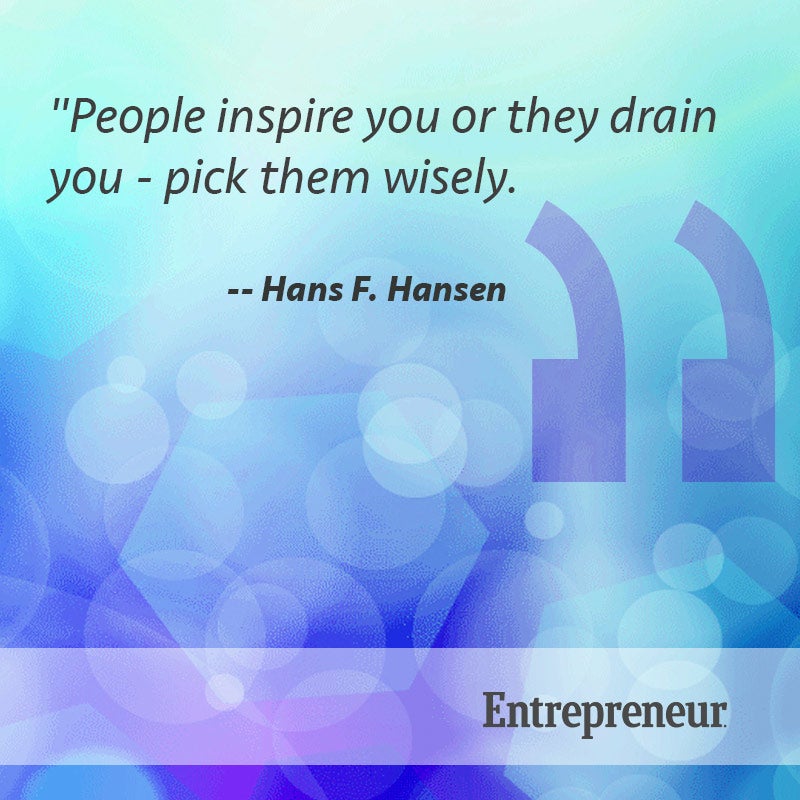[ad_1]
Two former Goop executives lauch Fleure Marche´ a “cannabis apothecary” for canna-curious women.
5 min read
For Fluer Marche´ co-founder, Meredith Schroeder, her cannabis awakening happened on a trip to Aspen, Colorado in 2016. The former Goop executive was visiting for a wedding when she suffered severe menstrual cramps. At her husband’s recommendation, she went into a dispensary and purchased a product.
“It was the most effective pain medication I ever had,” Schroeder says, admitting that prior to that experience she’d not been cannabis enthusiast. “I pretty much converted right then and there.”
Back in California, Schroeder shared her story with her Goop “work wife”, Ashley Lewis, who at that time had been heavily researching the possibility of opening up a standup CBD shop for Goop.com — Gwyneth Paltrow’s hugely successful wellness company.
Although Lewis had learned a ton about different CBD brands, and she also had a ton of positive experiences with the compound, she faced obstacles getting the initiative off the ground. “There are a lot of regulatory challenges for a company that is as big and successful and involved in so many different categories as Goop is,” she explains
That’s when the two decided to team up to start their own venture — Fleur Marche´, an online, curated CBD boutique focused on rebranding and repositioning cannabis as a wellness tool for the Goop customer and beyond. Here, we talk to them about their business, their challenges, and what they hope to achieve.

Image Credit: Rodolfo Carlos
What problem are you solving with Fleur Marche´?
Schroeder: Coming from a background where I’ve bought for women and built out retail experiences my whole life, I didn’t feel like that there was anywhere for me to shop either physically or online for CBD. There wasn’t a destination where the experience was sophisticated, educational, elevated, and where the product selection was aggregated in a single place. It just felt like there was a huge white space in that area. And with Ashley’s background and her data research specifically for Goop and my experience in buying and curating and building retail experiences for women, we really thought we could be the dynamic duo.
How do you decide what products to feature on the site?
Lewis: I had spent a good year looking into various brands and there were some that rose to the top. But once we do decide that we’re interested in working with a brand, we have a really strict set of standards through which we vet them. Every brand on the site is required to submit product testing for both their CBD extract and the finished product. We look at everything from chemicals, residual solvents, to heavy metals, micro to make sure that we feel confident that this is a quality product.
How did your experience working at Goop impact how you’re running your company?
Lewis: Figuring out how to talk to an audience of women in a specific way that’s meaningful to them. Because of Goop, we have a really unique understanding of how to target that woman, how to speak to her in the right way, how to help her feel comfortable, and then answer the questions that are important to her.
Schroeder: We’re really transparent about the effects of CBD in the various categories. On our site, we have a decent assortment of skincare versus tinctures versus transdermal. We really are clear about the benefits or effects of CBD in those specific formats.
What’s been the biggest challenge working in the space that you’ve had to overcome?
Lewis: We heard from all these brands, colleagues, and peers in the cannabis space that we should be prepared for our site to be shut down at any minute, and that we weren’t going to get banks to process our payments. So we spent months diving deep into why that was happening and how we could avoid it. We got smart early on in those areas and started to understand that sites aren’t arbitrarily being shut down. Often times, people don’t understand the payment processing structure. We had to find a high-risk payment processor who deals specifically in cannabis with an underwriting bank that knows it is dealing in cannabis and is okay with that. While I think it’s important to move fast and know how to break things, there are a lot of areas that we just couldn’t afford to cut corners and had to be very methodical and tactical. We still have to pay no higher transaction fees than someone selling shoes.
Schroeder: I think for anyone getting into the cannabis space, your first resources has to be a cannabis regulatory lawyer. The laws change every day, and it’s just so easy to not know if you’re doing something wrong.
[ad_2]
Source link

















